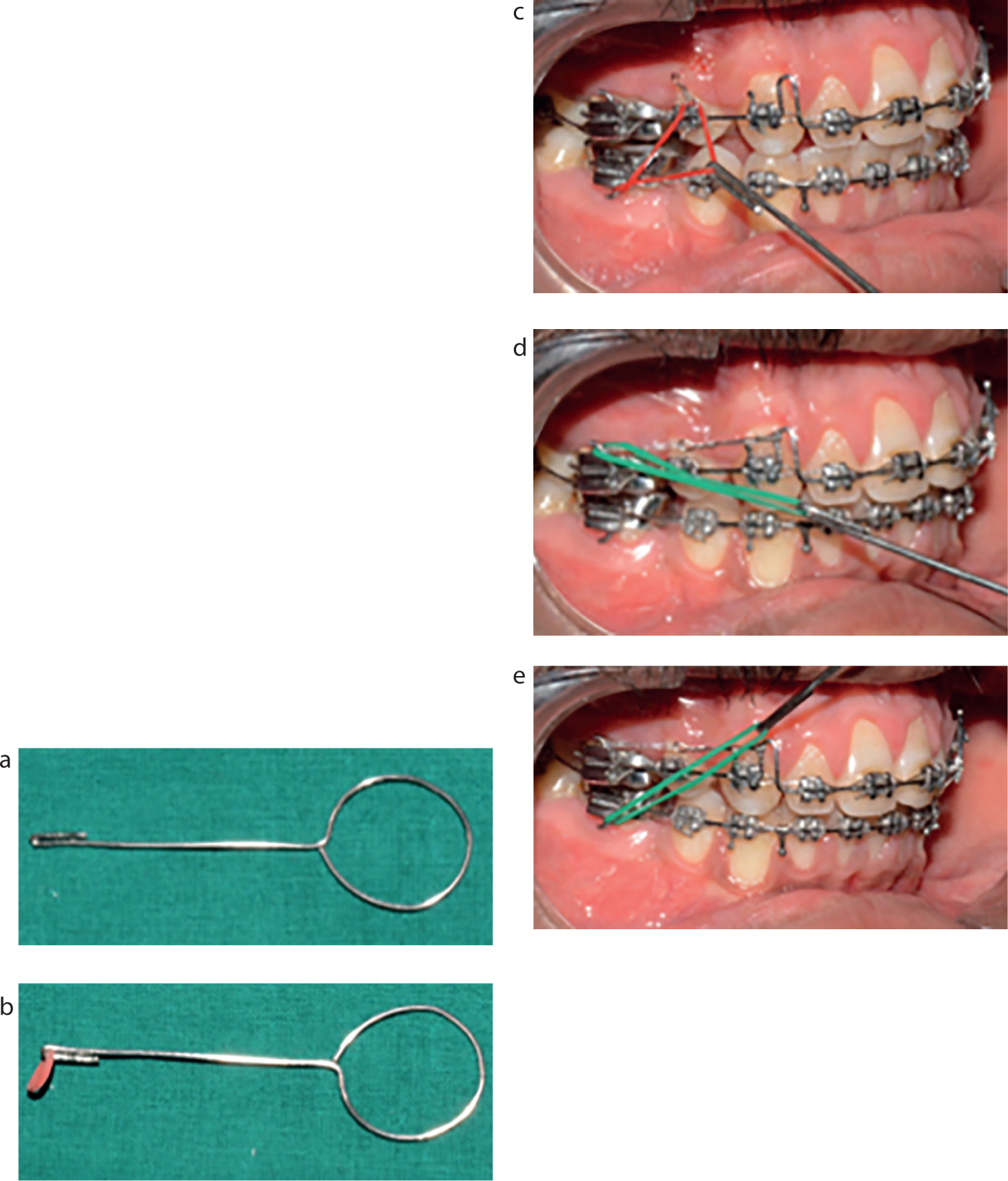Article
A successful orthodontic treatment goes hand in hand with patient compliance and clinician skills. One of the most difficult tasks in orthodontics for patients is engaging elastics, which often leads to poor patient compliance and frustration. Thus the present article describes a patient friendly elastic engager for easy insertion of elastics by adopting a humble technique of engaging elastics without demanding too much effort by the patient.
Settling elastics forms an indispensable part of orthodontic treatment, ranging its uses from intermaxillary anchorage to settling occlusion in the finishing stage. Therefore, for successful orthodontic treatment, the settling of occlusion and efficiency of wearing elastics go together.
Complexity of the configuration of elastics depends on the requirement of the case. Many patients engage with little effort but, at times during complex elastic engagement, patient compliance becomes questionable.
Success of any orthodontic treatment depends on a well finished occlusion, which in turn depends on engagement of elastics in proper configuration. Due to inaccessibility and lack of proper visibility in the posterior region, patients end up wearing elastics in the wrong configuration, which results in improper settled occlusion. Therefore, to minimize the effort of engaging elastics, this patient friendly elastic applicator has been innovated which can be customized for all patients and can be given to them for engaging elastics easily inbetween appointments.
Procedure for fabrication:
A 19-gauge stainless steel wire (LeoWire, Leone SpA, Via P a Quaracchi, 50, 50019 Sesto Fiorentino, Firenze, Italy; www.leaone.it) and, at one end, a round configuration is given for engaging thumb and finger (Figure 1a).

At its terminal end, a hook is fabricated that engages elastic (Figure 1b).
This specially fabricated flexible tool is easy to create and can be manufactured chairside, making the drawing in of elastics far less demanding for all patients (Figure 1c−e).
